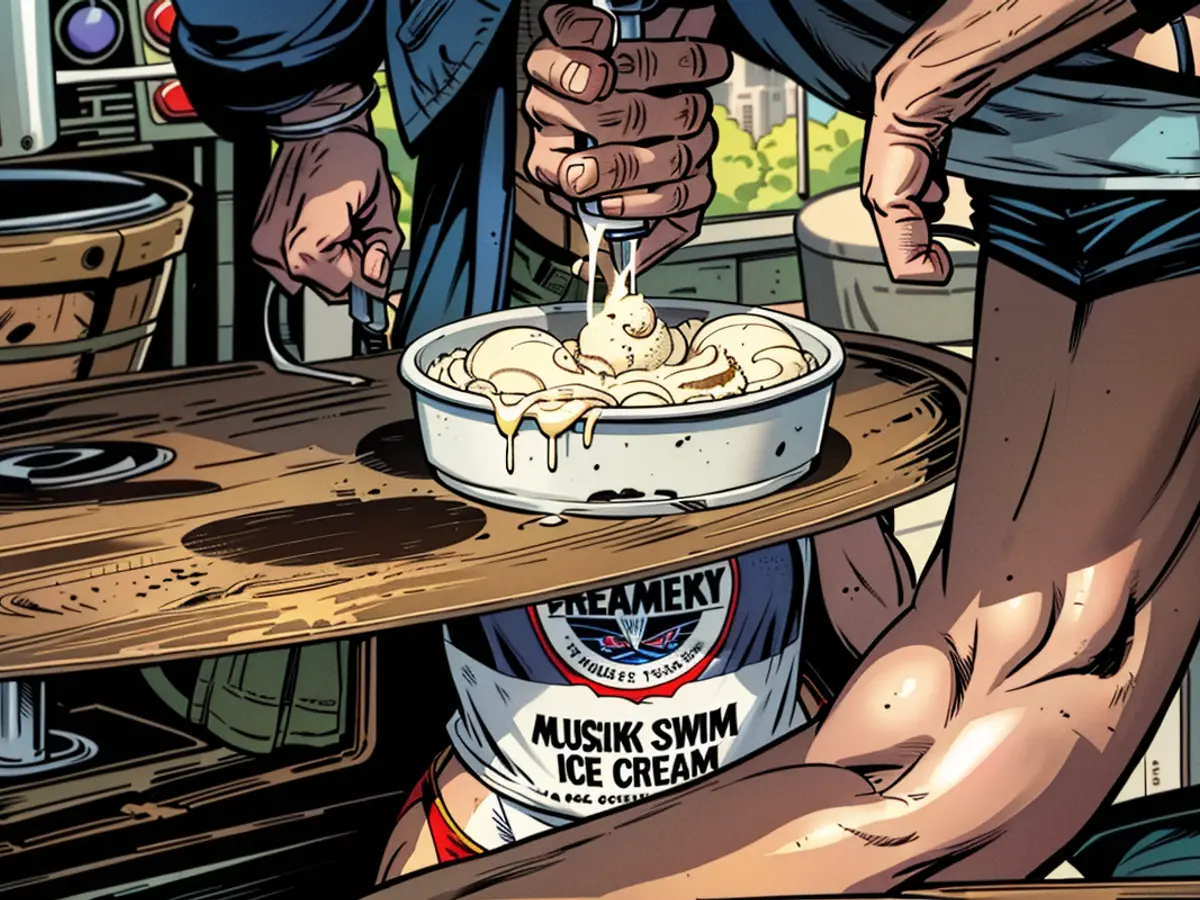Inside the school that teaches big name brands how to make ice cream
This past January, I spent one week at Penn State University waking up with the cows (literally), learning about emulsifiers and freezing techniques, and experimenting in a lab to see milk, cream and sugar come together to form the most wonderful of treats: ice cream.
Technically, it’s called the “Ice Cream Short Course,” and it’s offered one week every year at Penn State University. Some people simply refer to it as “ice cream college.”
“Our target audience is people who are serious about ice cream,” says Dr. Bob Roberts, Ph.D., the head of the food science department at Penn State.
This is the place where the ice cream people go to learn about ice cream. Some companies, like Tillamook, send people every year. Employees from Hudsonville, Turkey Hill, Perry’s, Stewart’s Shops, Hershey, Friendly’s, Graeter’s, Jeni’s, Baskin Robbins and more all attended this year. Even Ben and Jerry (yes, the Ben and Jerry) once took a version of the class.
Well, that’s definitely not me.
Yes, I have a passion for ice cream. My first job was working at a small ice cream stand, and now I’m the person who will drive miles out of the way to find the local homemade scoop shop. But I’m no professional. I make ice cream at home with my countertop Cuisinart, testing out recipes and flavors. I simply wanted to learn more, so I found my way to Penn State.
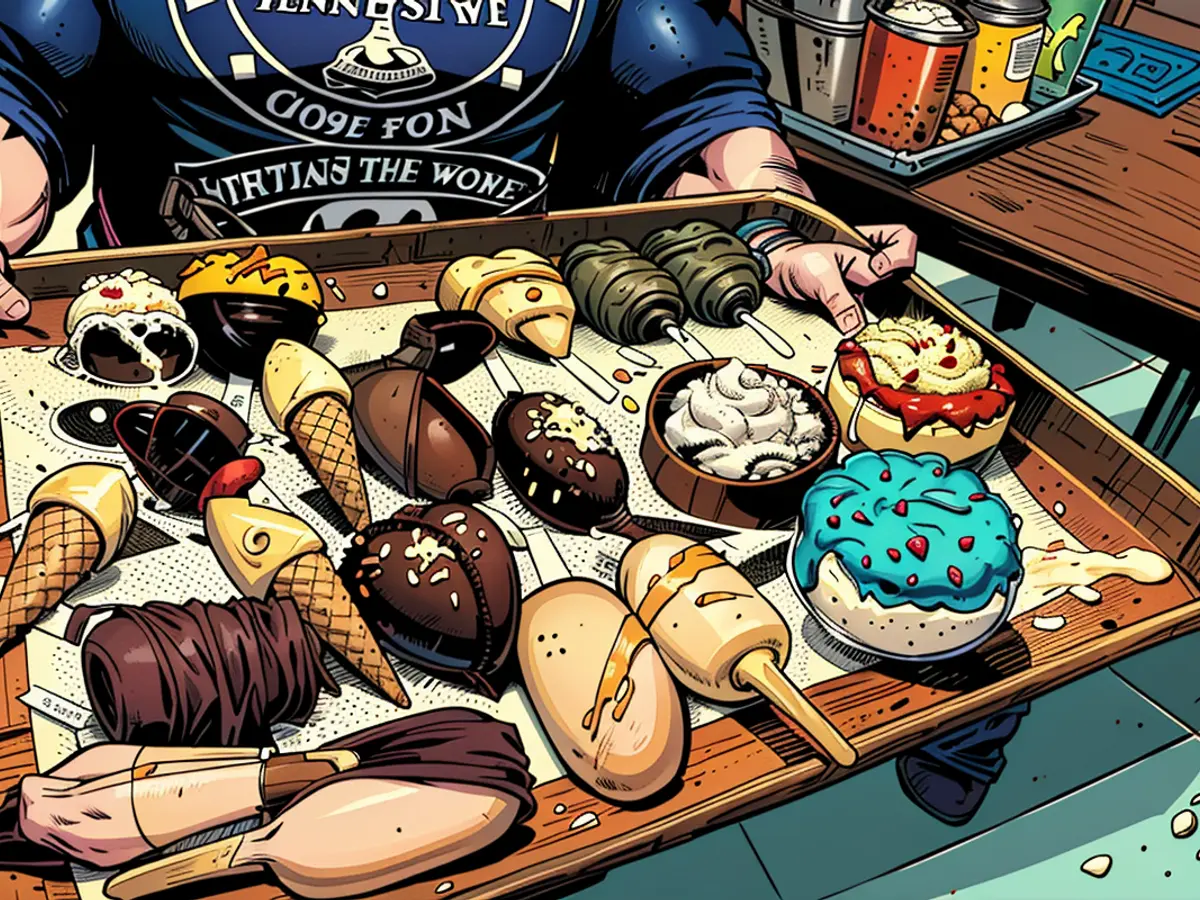
I knew the course would be serious, but I’m not going to lie, I still thought I’d be eating ice cream every day.
I didn’t.
I thought I’d be making ice cream.
I didn’t.
But the Penn State Short Course turned my passion into a true appreciation, because now I understand why one pint of ice cream can cost $10, and another costs $5.
The science of... ice cream?
Very quickly, I learned that ice cream college is just that — college. There was homework, extra help sessions (I absolutely went), studying (aka cramming), an exam, class rankings (to my relief, only the top 10 were revealed), an ending banquet and certificate (um, is this graduation?).
And I wasn’t alone as an amateur. About one third of the class said they had little to no experience or were an aspiring entrepreneur. One couple was even taking the course as part of their honeymoon!
But what was ice cream college all about? In a word: science.

Ross Cohen, the CEO and co-owner of Sweet Cow, a Colorado ice cream company, said understanding the science behind ice cream matters.
“The most important thing I learned was better understanding our ice cream mix– that’s the milk, cream and sugar and all the goodness that is the base of every ice cream we make– better understanding how the ingredients interact with each other.”
And understanding the ice cream mix means learning what’s happening at a molecular level. For example, how the milk proteins interact with fat and what happens when you change an ingredient. That meant classes on milk composition, dairy ingredients, food microbiology and ice cream physics.
“Everything is easy when things work,” Dr. Bob told me. “When things don’t work ... you need to understand the science. You need to understand the chemistry. You need to understand the engineering.”
Once you understand that, he said, you can figure out how to change those ingredients (think: almond milk instead of cow’s milk) and still have a product that looks, feels and tastes like ice cream.
This was on display in one of our labs— a sensory evaluation class. We were presented with 14 samples of vanilla ice cream.
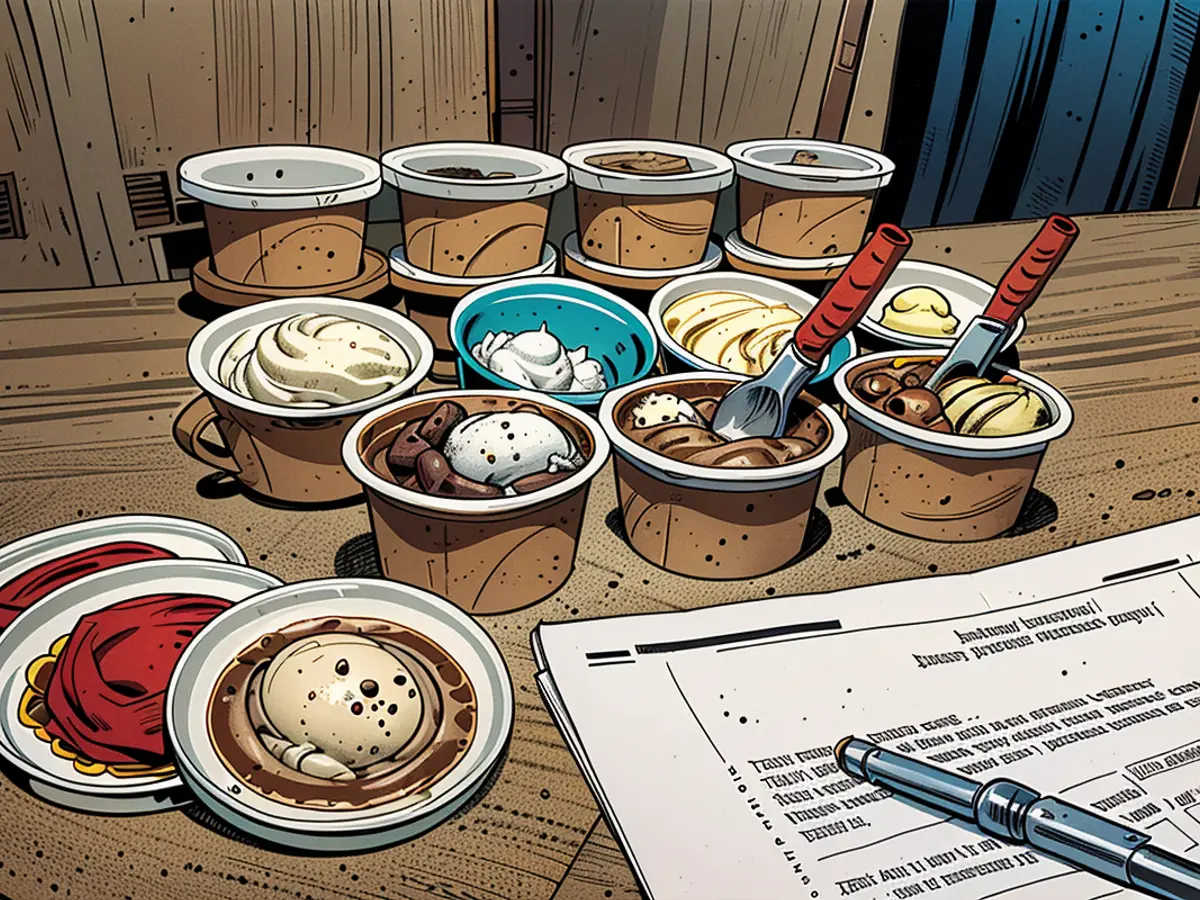
Ok, I know what you’re thinking... a sampling class sounds awesome! Yes, it was. But I can assure you, that much ice cream in one sitting requires pacing and strategy.
And again, it’s about science.
We tasted 14 ways to make vanilla, and each tasted different. Some were dense and melted slowly (higher milk fat content). Some had a flavor similar to dulce de leche (cooked longer). Others were light in weight (higher air content). The idea? Not all ice cream is created equal, and understanding ingredients matters for your final product.
From cow to cone
The Penn State Ice Cream Short Course has a 132-year history.
The school describes itself as “cow to cone,” which means students can see cows being milked and then follow as that milk gets made into ice cream and eventually sold at the famous Berkey Creamery, all on campus.
The passion behind the treat-making shows in Penn State’s numbers.
Years ago, the course took several months to fill up. Now, it takes just days, or even hours, depending on the year. Dr. Bob remembered a recent year when there was so much demand that the Penn State registration system crashed.

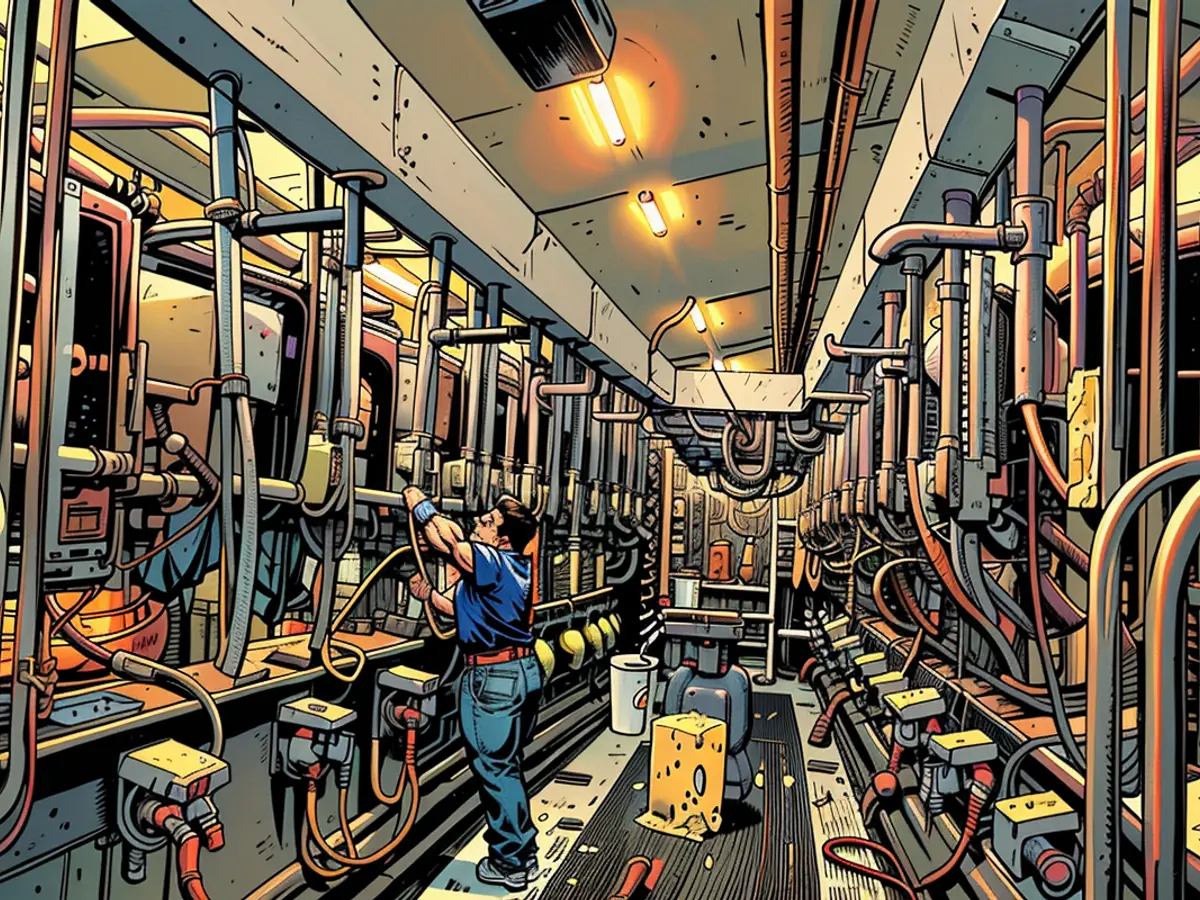
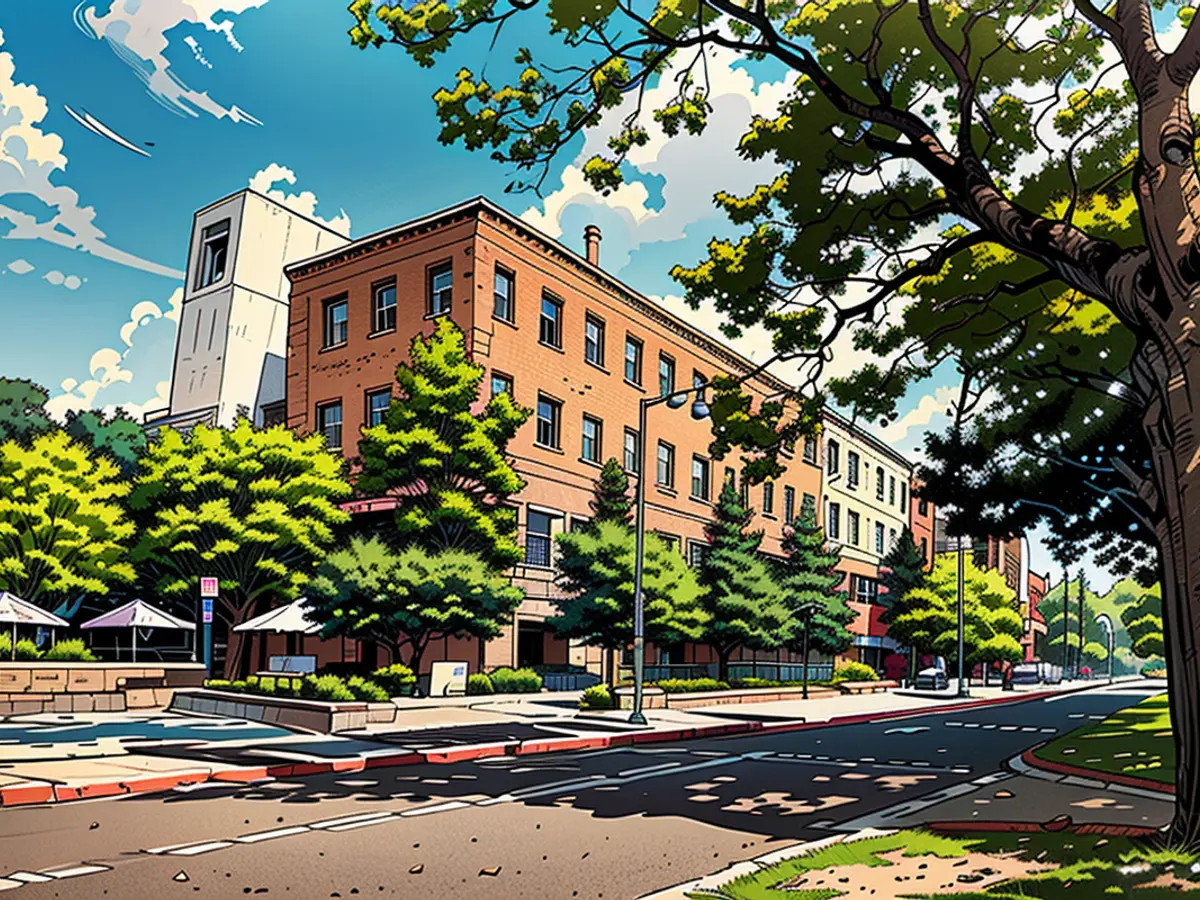
The people who put on the course, Cohen said, “are true ambassadors for the industry.” They open their “doors to anyone to get a real inside look at what they do.”
“They’re looking to share every bit of knowledge to help people get better,” he said.
For the professionals, said Ruben Urrutia, a 30-year ice cream veteran who’s now the director of plant operations for Tillamook, the course is “just that extra notch in our belt to make us a little bit stronger in our field of expertise.” He likened it to NFL players reviewing film of their games.
For amateurs, the course peels back the curtain on something that for many, is simply a vehicle for joy and community but is much more complex in its creation.
No matter their background — ice cream dreamer or expert — there’s one thing everyone seemed to agree on. The course’s biggest benefit was the people you meet and the network you build at the class. Students have an idea what the course is going to cover, but you don’t know fully what it all entails, so there’s an organic we’re-in-this-together feeling right away.
Dr. Bob said his job “is to make the canvas that (students) can paint on.”
“I hope they go away with a good network of ice cream connections so that when they have a question, they know who to call to get an answer,” he said.
I know I have. I walked away from Penn State with my own ice cream community that’s rooting for me as I churn away in my little countertop machine.
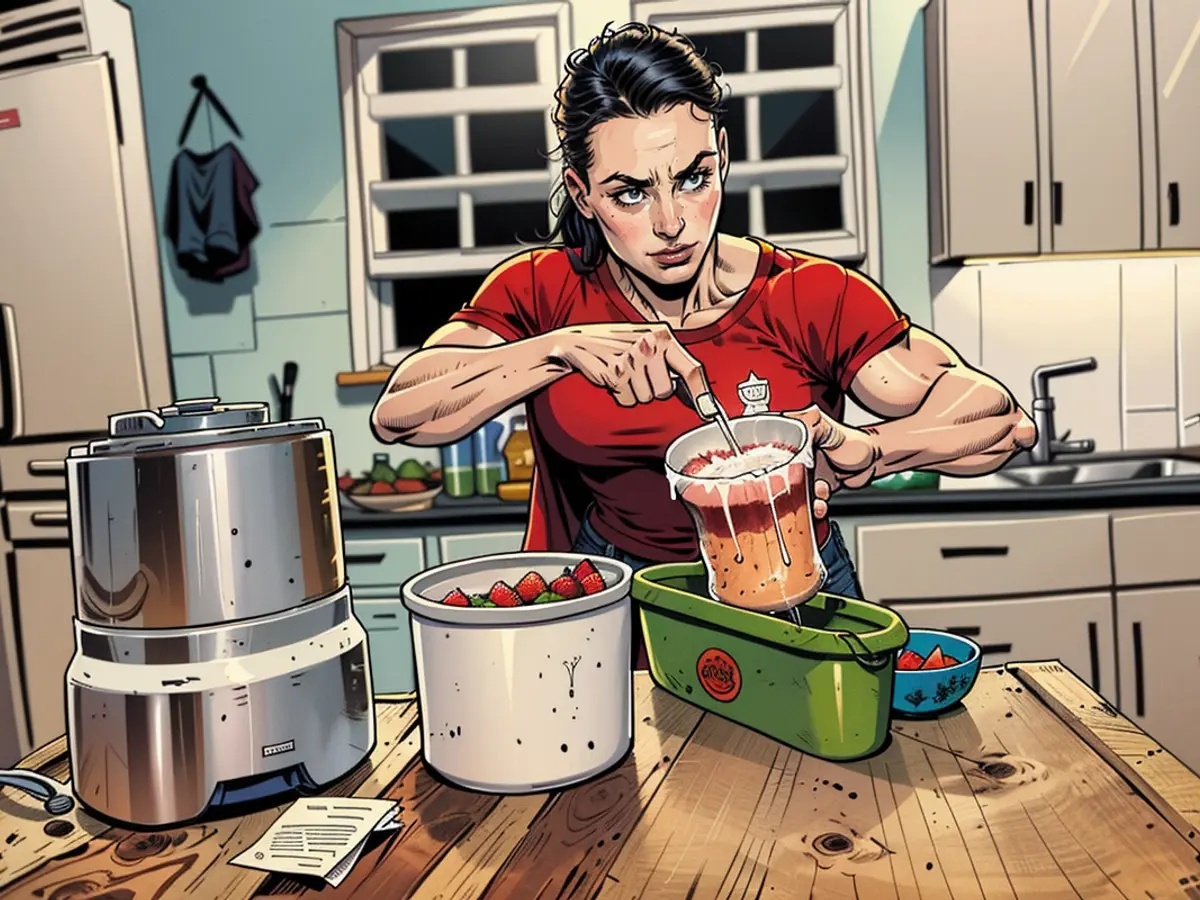
The course at Penn State University attracts professionals from various ice cream companies, such as Tillamook and Hershey, showing its significance in the business of ice cream.
Understanding the science behind ice cream, including milk composition and ice cream physics, can significantly impact the quality and cost of the final product, making it a crucial aspect for both amateur and professional ice cream makers.
